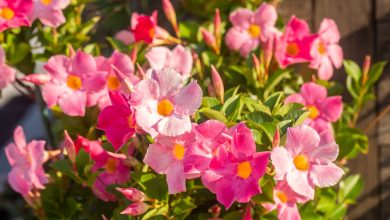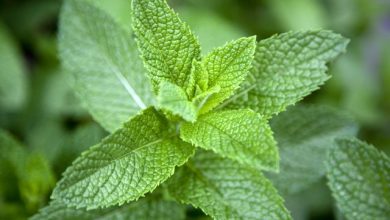How to Attract Beneficial Insects: Top 10 Tricks
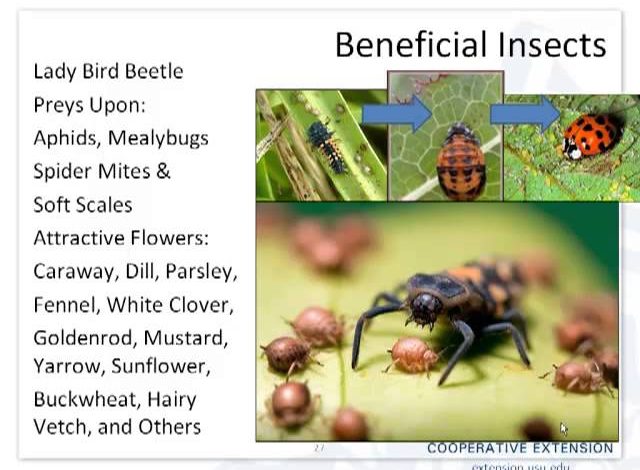
Hello to all agrohuerters! In previous articles we have already seen the great importance of beneficial insects in the fight against pests and diseases. On this occasion, we are going to collect the best tricks to attract beneficial insects in our orchards and gardens.
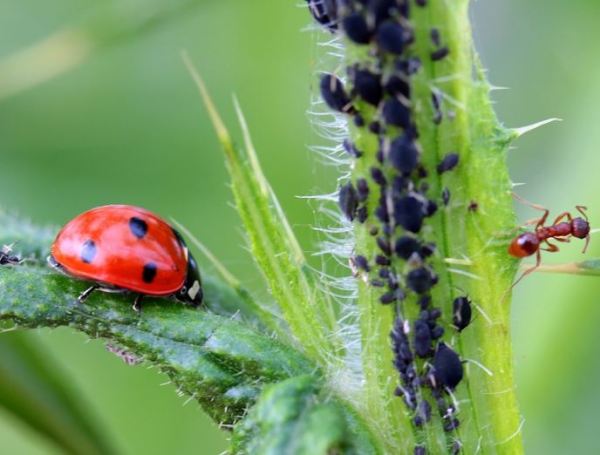
Why should we attract beneficial insects?
The intensification of agricultural production systems in recent years has caused a loss of biodiversity, ecosystem services and a simplification of agricultural landscapes.
The application of phytosanitary products has led to the appearance of resistance, environmental contamination, the presence of residues in food and the destruction of auxiliary fauna, among others.
For all these reasons, major changes are currently required in agricultural and food production systems to evolve towards a more sustainable agriculture.
In order to respond to this challenge, it is proposed to mobilize multiple pest control strategies, included in the » Integrated Crop Protection «.
One of these pest control strategies is conservation biological control, also called “ natural regulation ”, and involves creating a favorable environment for the attraction of beneficial insects.

Main beneficial insects or natural enemies of pests
Although this topic could take us several articles, I am going to summarize the beneficial insects that we can attract in our orchards and gardens.
The first thing we must know is that beneficial insects or natural enemies can be specialists for a single pest or generalists if they attack several types of pests.

Taking into account that the main pests that we usually have in our orchards are: aphids, whiteflies, mealybugs, snails, slugs or mites, I am going to leave you here their corresponding natural enemies:
- Ladybugs (larvae and adults)
- hoverflies
- Carabids
- staphylinids
- songbirds
- Mantis
- dragonflies
- Fireflies
- lacewing
- Anthocóridas, Míridas, Nábidos (predatory bugs)
- Parasitoid hymenoptera (wasplets)
- Other pollinating insects such as bees
In addition to these insects, there are many more organisms that can be our allies in the orchard or garden, such as: spiders and predatory mites, soil microorganisms, etc.
10 Tricks to attract beneficial insects in the garden or orchard
Below I am going to present some of the best tips and tricks to attract beneficial insects in the garden and orchard.
1. Biodiversity in the garden: crops and flowers
One of the key points to have a healthy orchard is knowing how to manage its biodiversity, balance and variety of species. Therefore, this first advice may be the most general but, in turn, the most important.
In a practical way, biodiversity consists of planting different species of crops, varieties of the same crop, flowers, aromatic plants, plant covers, etc. All this, as a whole, will favor in a surprising way the presence of beneficial insects.
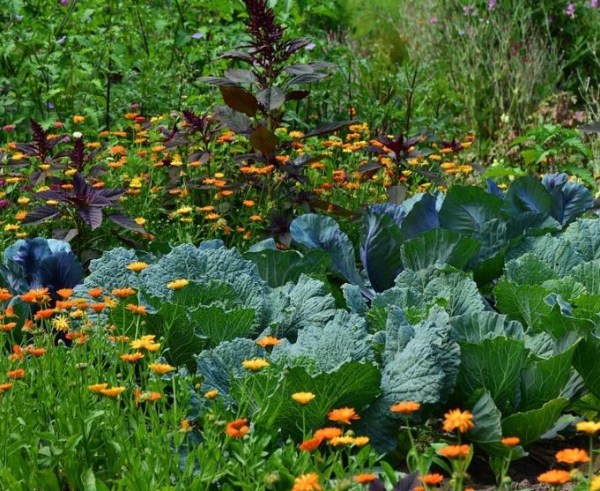
2. Association of crops
We have already seen on other occasions how some crops have advantages when they are together. It can be said that there are crops that get along better with some than with others (like people).
It is very curious because crops can protect each other. For example, if we plant onion and carrot together: the smell of the onion disturbs one of the main carrot pests (carrot fly), preventing it from finding said carrots.
Additionally, flowering plants within the association will attract pollinating insects and there will be a greater presence of beneficial insects.
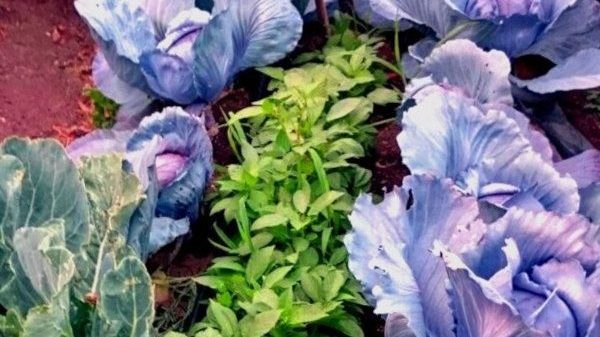
3. Crop rotation
Each crop has its own characteristics, needs, pests, etc. That is, in each case, the demand that each crop makes on the soil will be different. Therefore, in order not to deplete the soil and give it time to regenerate, the ideal is to rotate crops.
One of the benefits of crop rotation is that the plants will grow stronger and produce more. Therefore, they will have a higher natural resistance against pests and diseases. In addition, by taking more care of the soil, we will allow the action of the beneficial microorganisms present there.
4. Green roofs
In the following image we can see what is known as «green roofs» (cultivated areas in the corridors). This type of plant cover greatly favors beneficial insects such as bedbugs or beetles (ladybugs, carabid beetles,…).

5. Branches or stones near the orchard
The presence of remains of twigs or stones near crops can serve as a refuge for many auxiliary insects. We already know that these types of insects love to hide and, sometimes, they are ideal places to spend the winter.
6. Aromatic plants
The aromas and the arrangement of aromatic plants in the garden can be good allies in the fight against pests and diseases. These plants attract pollinating insects and, in many cases, keep pests away.
For example, lavender attracts bees and also repels many pests such as carrot flies, cabbage flies, moths, aphids, and ants.

7. Flora weeds or wild plants on the edge of the plots
Wild plants that grow spontaneously in our garden are known as weed flora. Normally the term » weeds » is used more because they are not where we want them to be, but that does not make these plants so bad.
One of their many advantages is that they serve as a refuge for beneficial insects in the garden. In addition, they are raw material to make our compost.
For this reason, more than eliminating weeds, we must learn to control them. In addition, each type of crop competes in a different way with this flora.
8. Installation of hedges and bushes near the cultivation areas
The presence of hedges and bushes close to cultivation areas has proven to be very favorable for the installation of beneficial insects.

9. Use of ecological insecticides
As long as we can use ecological insecticides instead of chemical insecticides, we will help take care of our beneficial insects in the orchard or garden.
If you want to know what these ecological insecticides are, do not hesitate to consult the following article: Pesticides for the ecological garden.

10. Insect Houses or Beneficial Insect Shelters
In addition to planting flowers, hedges or shrubs, we can help beneficial insects to establish themselves by building insect houses, insect hotels or insect shelters.
These little houses can be hung on trees or placed on the ground. If you look closely you will find more and more insect hotels in parks or gardens. I leave you here a photo of a bee hotel that I found in a garden in Paris:
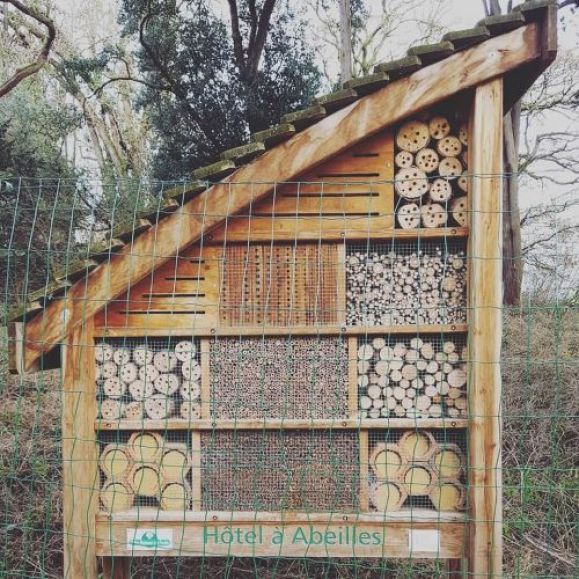
Here I leave you the link of an article where we talk more about these artificial homes for insects.
References
- Board of Andalusia. Illustrated Guide to Pests and Natural Enemies of Pests.
- Ministry of agriculture, fishing and food. (2014).Integrated Pest Management Guide, Pome Fruit Trees.
- Board of Andalusia. Advantages of biological pest control.
This is all for today agrohuerters, I hope you liked the article and that from now on we pay more attention to the type of insects in our orchards or gardens. See you in the next article.
Have a nice day!

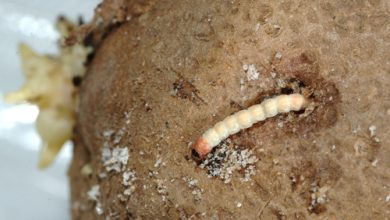
![Photo of Mulch Fly: [Detection, Steps to follow and Products to use]](https://www.complete-gardening.com/wp-content/uploads/2022/08/mulch-fly-detection-steps-to-follow-and-products-to-use-390x220.jpg)
